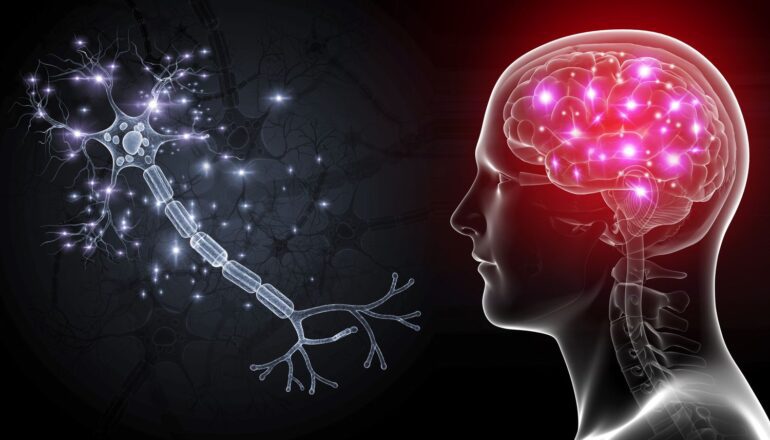TL;DR:
- Australian researchers win a $600,000 grant from the ONI and Department of Defence for their pioneering work in merging human brain cells with artificial intelligence.
- The DishBrain team, led by Monash University and Cortical Labs, created brain cells capable of playing the video game Pong, marking a significant leap in programmable biological computing platforms.
- Lab-grown brain cells learn various tasks through electrical feedback, paving the way for synthetic biological intelligence that was once only seen in science fiction.
- The technology aims to enhance machine learning for self-driving cars, autonomous drones, delivery robots, and other applications, potentially surpassing existing silicon-based hardware.
- Brains’ lifelong learning abilities contrast with AI’s “catastrophic forgetting,” driving research to understand the biological mechanisms of ongoing learning.
- Australians For AI Safety calls on the government to recognize and manage potential risks associated with AI, emphasizing the need for responsible AI usage and safety research.
Main AI News:
Cutting-edge research that aims to fuse human brain cells with artificial intelligence has received a substantial boost with a $600,000 grant from the Office of National Intelligence (ONI) and the Department of Defence. Spearheaded by Monash University and Cortical Labs, the brilliant minds behind DishBrain, a revolutionary concept where brain cells play classic video games, are now delving deeper into the realm of programmable biological computing platforms.
Under the guidance of Associate Professor Adeel Razi, from Monash University’s Turner Institute for Brain and Mental Health, the team has successfully created live, lab-grown brain cells capable of mastering various tasks, including the vintage video game Pong. The process involves using a multi-electrode array to provide feedback to the cells as they navigate the virtual world, mirroring the interaction between the “paddle” and the “ball.”
Their groundbreaking study, published in the esteemed science magazine Neuron, suggests that synthetic biological intelligence, once confined to the realm of science fiction, could soon become a reality. By combining artificial intelligence and synthetic biology, the researchers are on the cusp of a new era where machines can learn throughout their lifetime, transcending the limitations of conventional silicon-based hardware.
One of the key advantages of this innovation lies in its potential applications, with machine learning and AI capabilities poised to revolutionize industries such as autonomous vehicles, drone technology, and robotics. As the technology evolves, it may outperform existing silicon-based hardware, giving Australia a strategic advantage in various fields, including planning, advanced automation, brain-machine interfaces, and drug discovery.
The DishBrain research also addresses a fundamental challenge in conventional AI systems – catastrophic forgetting. While human brains excel at lifelong learning, AI often struggles to retain knowledge from previous tasks when faced with new ones. Understanding the biological mechanisms of ongoing learning in living organisms holds the key to overcoming this limitation and developing AI machines that can replicate the learning capacity of biological neural networks.
The implications of this research go beyond national boundaries, as AI leaders and organizations like Australians For AI Safety stress the importance of recognizing potential catastrophic risks posed by AI. Acknowledging the need for modern laws and responsible AI usage, the Australian government has initiated a review of AI, aiming to strike a balance between harnessing the immense potential AI offers and mitigating its potential dangers.
Conclusion:
The successful merger of AI with human brain cells by the Australian research team opens up new frontiers in programmable biological computing. This breakthrough technology promises to revolutionize industries, such as robotics and automation, and give Australia a significant strategic advantage. While challenges lie ahead in managing potential risks, the government’s commitment to a balanced approach highlights the vast potential AI holds for the market, offering opportunities for groundbreaking innovations and responsible growth in the future.

